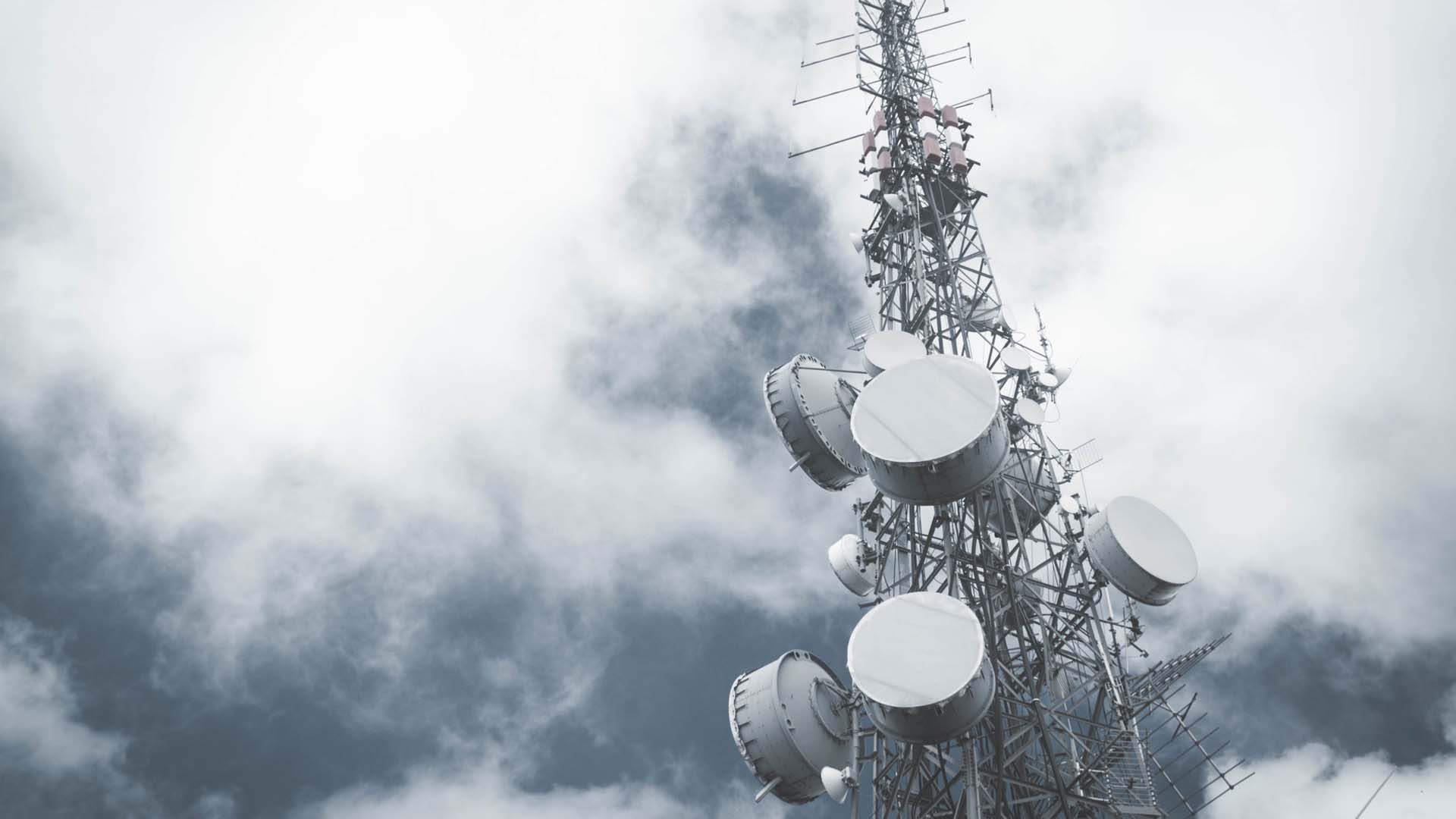Despite major public policy efforts in spectrum allocation, liberalisation, service obligations and competition, and despite also the continued decline in the costs of devices and internet access, gaps in broadband access within and between countries remain considerable.
Physical access to broadband is still a major issue in many countries, including developed countries; in most EU countries, considerable public investment is still needed to extend existing fixed and mobile broadband networks to remote and underserved areas; in the USA, around 1 in 4 households do not have broadband access. In most of these countries, user experiences also vary significantly among those with a broadband service.
This is not to say that there has been no progress from the above-mentioned policy efforts. On the contrary, and thanks in large part to mobile network technology and the arrival of the smartphone in 2007, nearly 3 in 5 people in the world are using the internet today. This is a threefold increase since the arrival of the smartphone, and nearly all those using the internet today do this via mobile broadband. Prior to the smartphone, less than 1 in 3 people had a computer at home to access the internet and less than 1 in 10 people had a broadband connection.
Today’s barriers to broadband access and use include still inadequate enabling policies, as well as disparities in access, affordability, digital skills and gender. These inequalities put many at a disadvantage and during a crisis such as the current COVID-19 pandemic, they can amount to major fault lines with profound implications; in education alone, the inability of so many schools to switch to online distance learning during the early months of confinement, together with already existing disparities in home broadband access among students illustrate these barriers well.
For the already connected to mobile broadband, the transition to 5G networks, the latest generation of mobile networks, is a major technological opportunity; the new mobile networks offers much higher user capacity and up to 10 times faster internet access, in addition to intelligence capabilities and superior latency performances. Moreover, when deployed over low- and mid-band spectrum currently used by existing 3G and 4G networks, 5G networks largely retain the benefits of wide coverage and in-building penetration.
At present, 5G networks can be built in two ways: as fully separate ‘stand-alone’ networks with their own access and core infrastructure totally separate from existing networks, or as ‘non-stand-alone’ deployments of 5G access infrastructure connected to existing 4G core infrastructure. Current deployments are mostly non-stand-alone networks using mid-band spectrum.
With computing power at the edge and the ability to connect to, and retrieve data from almost any device, 5G networks allow for significant opportunities for further improvements in industrial energy consumption, productivity, supply chain management and safety for the vertical industries they will support.
An emerging drawback with 5G networks is the increase in network energy consumption when compared to 4G networks, forcing some operators to rethink their 5G plans.
In the short and medium term, value and scale in the 5G value chain will reside mostly in consumer devices and broadband user access. The Internet of Things (IoT) among industry verticals will generate additional but moderate income for operators. However, mid-band non-stand-alone deployment models will delay experiencing true 5G speeds, and silos of proprietary technologies will restrict the scale potential of IoT.
In the long term solutions will exist to address the in-building restrictions of high-band 5G, and greater interoperability in IoT will make possible the true value and scale operators are hoping to derive from verticals. Further optimization of mid-band spectrum allocation for mobile is also highly likely.
As high-band 5G networks require a much larger number of smaller cell sites, operators are likely to focus their deployments in urban centers and industrial areas, achieving less coverage compared with mid-band deployments. This makes extending broadband coverage through 4G and its improved variants, or through mid-band 5G, separately or in combination, the optimal solution to true broadband access for all.
However, better use of mid-band spectrum for mobile broadband will only be a technological solution to a challenge that still calls for more holistic and transectoral digital policies that address broader social and economic barriers in areas such as affordability and digital skills more robustly.
